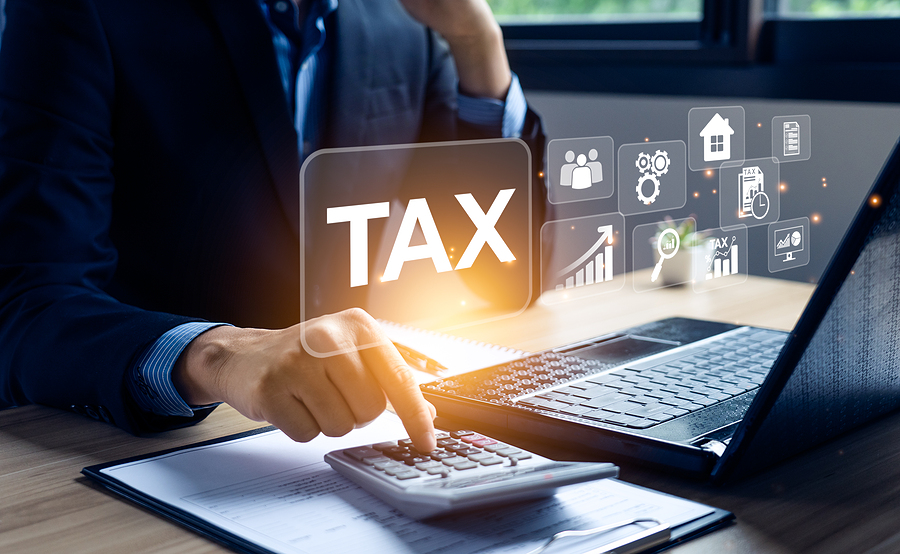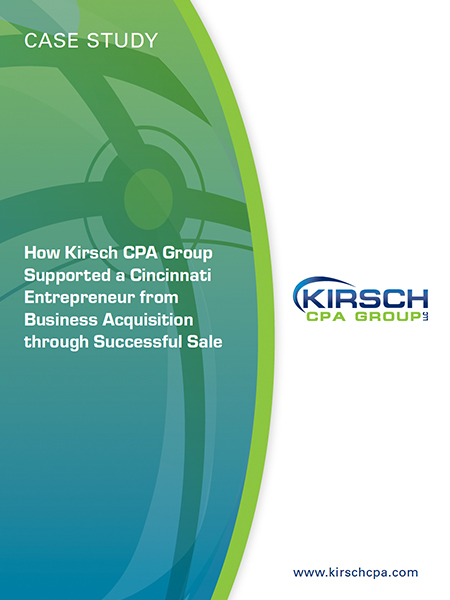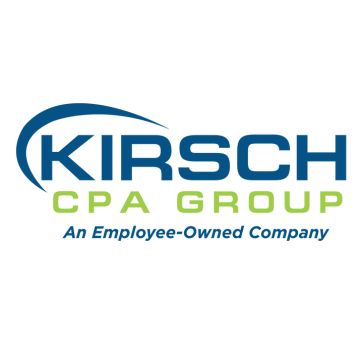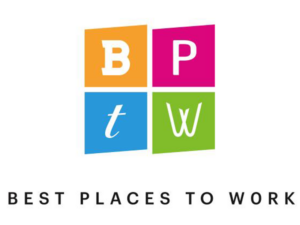7 Tax Breaks for Business Buildings
Nov 06, 2024

Businesses are returning to their regular work premises in droves. About 65% of U.S. businesses expect to implement return-to-office policies by the end of 2024, in either a full-time or hybrid capacity, according to Resume Builder. As a result, your business may be making improvements to an existing facility or acquiring a new property that meets your current needs — perhaps downsizing your space.
What are the tax consequences? Fortunately, there are numerous tax-saving opportunities available for business building expenditures. Here are seven common building-related tax breaks to consider:
1. MACRS Deductions
The cost of a building, including its components, is generally depreciated over time under the Modified Accelerated Cost Recovery System (MACRS). MACRS establishes different cost recovery periods for different types of property.
Significantly, the MACRS cost recovery period for a business building is 39 years, while personal property may be written off over only five years if it has a useful life between four to 10 years. A seven-year period applies to property with a useful life between 11 and 15 years. IRS regulations define “personal property” as tangible depreciable property (other than buildings and their structural components) used in various industries, such as transportation and communications, and several other specialized types of property.
A business may commission a cost segregation study by an expert in the field. This study separates various building components — such as electrical systems, plumbing systems in restaurant kitchens and removable carpeting — that can be deducted as personal property over a period shorter than 39 years. This strategy has been consistently upheld in the courts.
2. Energy-Efficiency Tax Breaks
The tax benefits for energy-efficient commercial property were recently enhanced by the Inflation Reduction Act (IRA). The main components are as follows:
Energy-Efficient Building Deduction. This deduction under Section 179D of the tax code is available for installation of energy-efficient improvements such as HVAC systems, lighting and building envelopes. Currently, the maximum deduction is equal to $5.65 per square foot of the entire building.
Energy Investment Tax Credit. This credit is available for investment in renewable energy systems. This includes solar energy and illumination, geothermal energy, geothermal heat pump equipment, qualified fuel cell, qualified small wind energy property, qualified microturbine property, and other renewable energy technology. Generally, the credit equals 30% of the cost of the installation.
Certain technical requirements may apply. Consult with Kirsch CPA Group.
3. Disabled Access Credit
A small business can claim the Disabled Access Credit (DAC) for making business premises more accessible to disabled individuals. To qualify, the business must have had gross receipts of $1 million or less or no more than 30 full-time employees in the preceding tax year.
The DAC is equal to 50% of the first $10,000 of qualified expenses. (Technically, the first $250 of expenses is excluded, but the credit applies to the first $10,250 of expenses.)
Qualified expenses must be incurred to meet requirements established by the Americans with Disabilities Act (ADA). For instance, a small business can claim the credit for the following costs:
- Removing architectural, communication, physical, or transportation barriers that prevent a business from being accessible to, or usable by, disabled individuals,
- Providing qualified interpreters or utilizing other methods to make materials available to hearing-impaired individuals,
- Providing qualified readers, taped texts and other effective methods of making visually delivered materials available to vision-impaired individuals,
- Acquiring or modifying equipment or devices for disabled individuals, and
- Offering other similar services, modifications, materials or equipment.
The DAC can be carried back for one year and forward for up to 20 years. It’s claimed as part of the general business credit.
4. Architectural Barrier Removal Deduction
The tax law enables a business of any size to deduct up to $15,000 of the cost of removing architectural and transportation barriers for the benefit of disabled people and the elderly under ADA standards. Normally, these costs must be capitalized. In addition, any excess above the $15,000 threshold is added to your basis for MACRS purposes. Examples of expenses that qualify for the deduction are:
- Providing accessible parking spaces, ramps and curb cuts,
- Installing phones, water fountains and restrooms that are accessible to persons in wheelchairs,
- Hanging signage and symbols of accessibility, and
- Expanding walkways to a minimum width of 48 inches.
A small business may claim both the DAC and the architectural barrier removal deduction in the same tax year. However, the deduction is limited to the difference between the total expenses and the amount of the credit claimed.
5. Signage
Generally, marketing and advertising expenses are currently deductible as “ordinary and necessary” business expenses. This may encompass more than you think. For instance, certain types of signage on or near a business building may qualify for current deductions. Examples include:
Storefront signs. The signs are a beacon for potential customers. They can create a favorable first impression and signify your professionalism and commitment.
Freestanding signs. These types of signs are typically placed around the business premises. They can draw interest from passersby and encourage them to use your services or purchase your goods.
Banners. These are often used to advertise promotions or special events. These portable signs qualify for current deductions.
Otherwise, signage that’s attached to a building, such as a sign on an office door, is generally treated as MACRS property subject to the 39-year write-off. Signage that’s attached to the ground and digital sign displays qualify as capital improvements that may be written off over 15 years.
6. Minor Repairs
Most minor repairs to business premises are currently deductible, in contrast to the 15-year write-off period for major capital improvements. For example, fixing a leaky faucet in a restroom is clearly a repair, while adding a new parking facility is a capital improvement. But the difference isn’t always as stark.
Under a safe-harbor rule, you can treat an expense as a currently deductible repair if the cost is no more than $2,500 per item or invoice. This limit is doubled to $5,000 if you have an “applicable financial statement” approved by a CPA.
However, if repairs are performed at the same time as a major renovation, the repair costs may be lumped in with the other costs of the capital improvement for tax purposes.
7. Landscaping and Lighting
The rules for landscaping and lighting are tricky but may lead to current tax deductions in certain situations. Generally, landscaping and lighting expenditures are treated as capital improvements, subject to the 15-year rule. For instance, if you replace your business lighting to upgrade it or provide greater security at night, it qualifies as a deductible capital improvement. Similarly, landscaping projects designed to boost curb appeal or provide environmental benefits are considered capital improvements.
On the other hand, routine maintenance expenses — such as the costs of mowing and watering the lawn surrounding your business building — typically fall into the category of deductible business expenses, just like minor repairs.
Conclusion
Of course, when it comes to claiming tax deductions for business building expenses, there are some “gray areas” to analyze. Contact Kirsch CPA Group concerning your situation.
Schedule an appointment to learn how we can support you
© Copyright 2024. All rights reserved.
Sign Up for Email Updates
Accounting & Financial News

Massive Budget Law Includes Numerous Business Tax Provisions
The new One, Big, Beautiful Bill Act (OBBBA) is packed with tax provisions that will affect U.S.…





